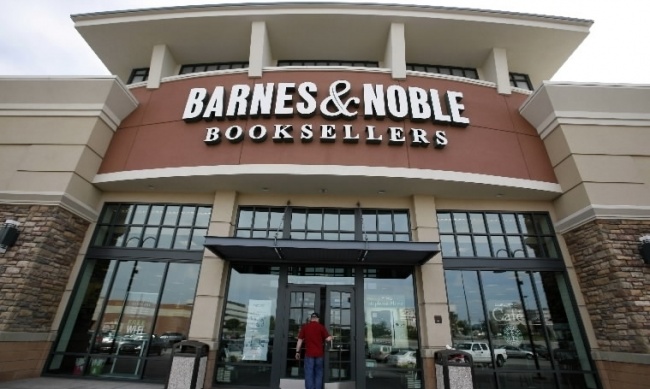Barnes & Noble announced its financial results for the quarter and year ended May 2, 2015, and for the first time in years reported a profit for the year. The FY 2015 profit was $$36.6 million, an improvement from the $47.3 million loss in FY 2014.
Barnes & Noble bookstores make money; the big change was in its Nook division, which cut its EBITDA (earnings before interest, taxes, depreciation, and amortization) losses from nearly $500 million in fiscal 2013 to $218 million in fiscal 2014, and to $86 million in fiscal 2015.
The retail segment, which includes the Barnes & Noble bookstores and BN.com, had EBITDA earnings of $322 million in fiscal 2015, compared to EBITDA of $354 million in 2014.
Nook sales continue to plummet, with both device and content sales down substantially, reflecting soft sales of e-readers overall and the Nook’s weak position in the marketplace vs. Kindle and iOS-based devices. Overall sales for the segment were down 48% for the year; device sales were down 67%, and content sales down 28% for the year.
What B&N calls its core comparable store sales, excluding Nook, were down .5% for the quarter and up .5% for the year, or roughly flat. The company did not discuss what contributed to its store sales in any detail; a year ago, then-Retail Group CEO Mitch Klipper revealed that games and collectibles were strong contributors for the year ended in May 2014 (see “Games, Collectibles Up at Barnes & Noble”).
The company has been increasing its display space for graphic novels recently (see “Barnes & Noble Increases Graphic Novel Space”).
Barnes & Noble closed 13 retail stores in fiscal 2015 and opened none, bringing its store count to 648; it expects the same pace of store closings in the current fiscal year.
The company cleaned up its balance sheet in the fiscal year, buying out its partners in the Nook division and prepping the college store unit for a spin-off.








